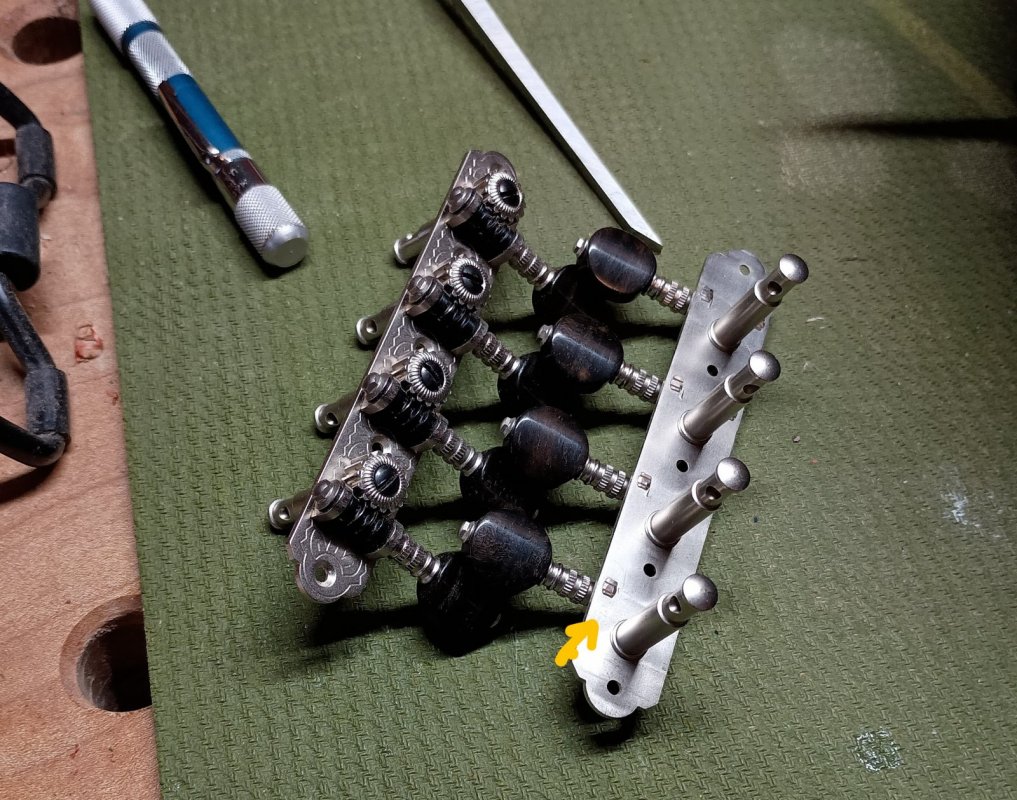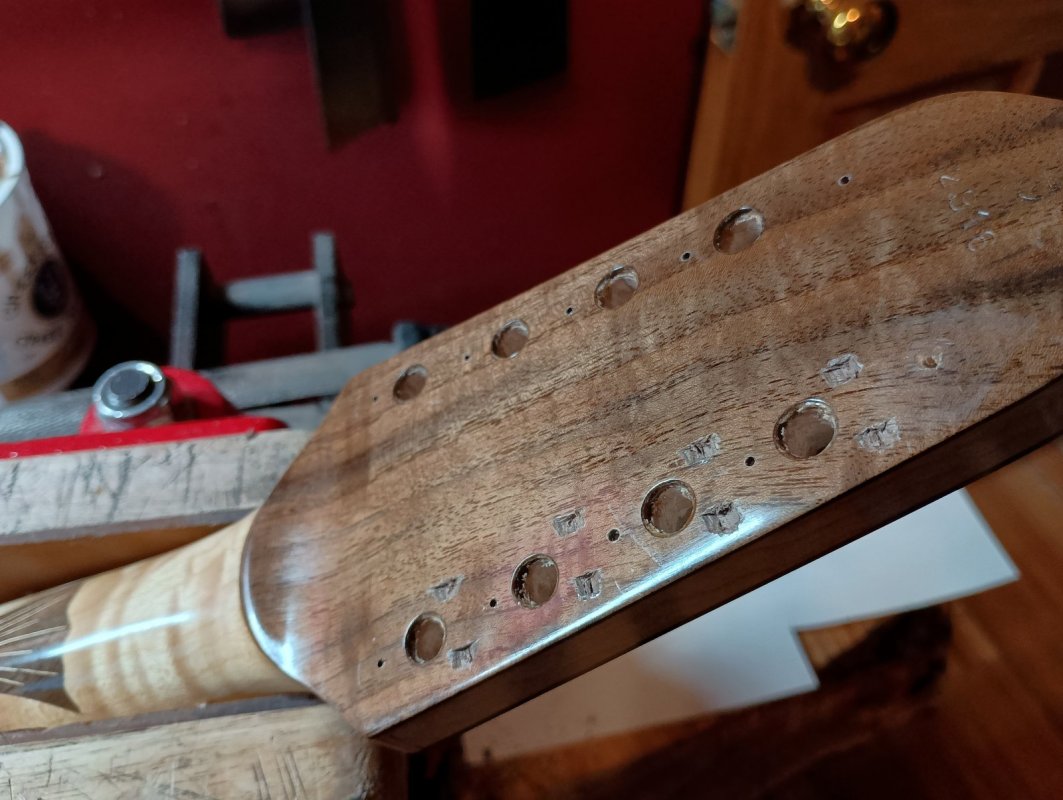AcornHouse
Venerated Member
It's always something.Ah crap! Forgot you still needed to screw into something! D'oh!!!!!
<Swans>
<Loons>
It's always something.Ah crap! Forgot you still needed to screw into something! D'oh!!!!!
<Swans>
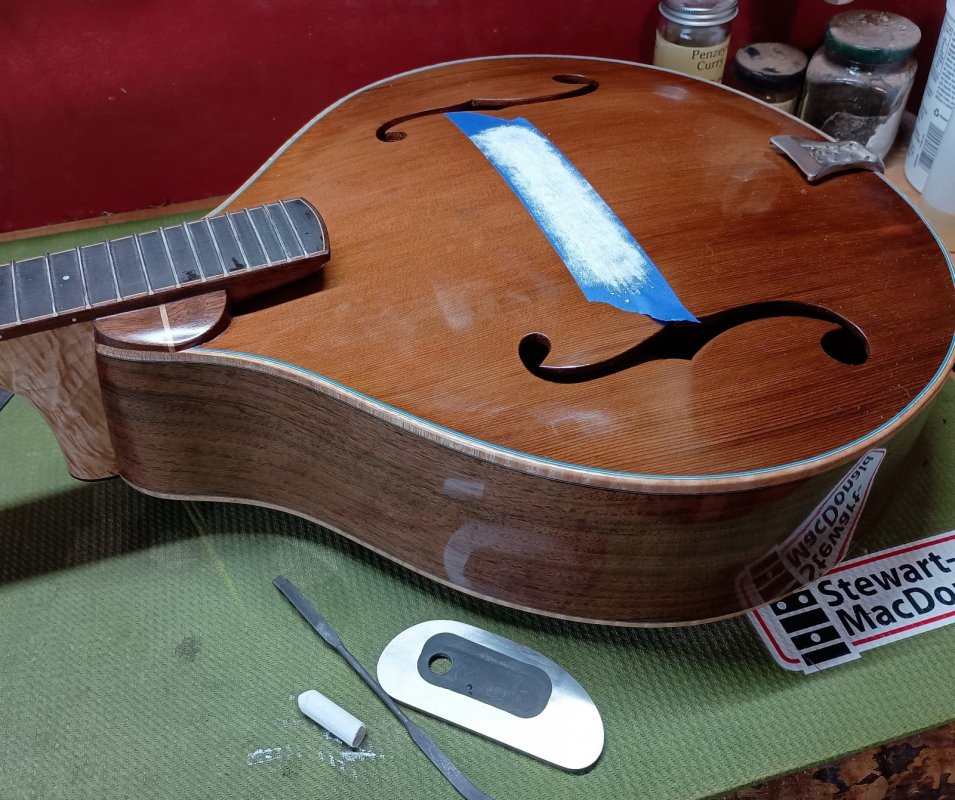
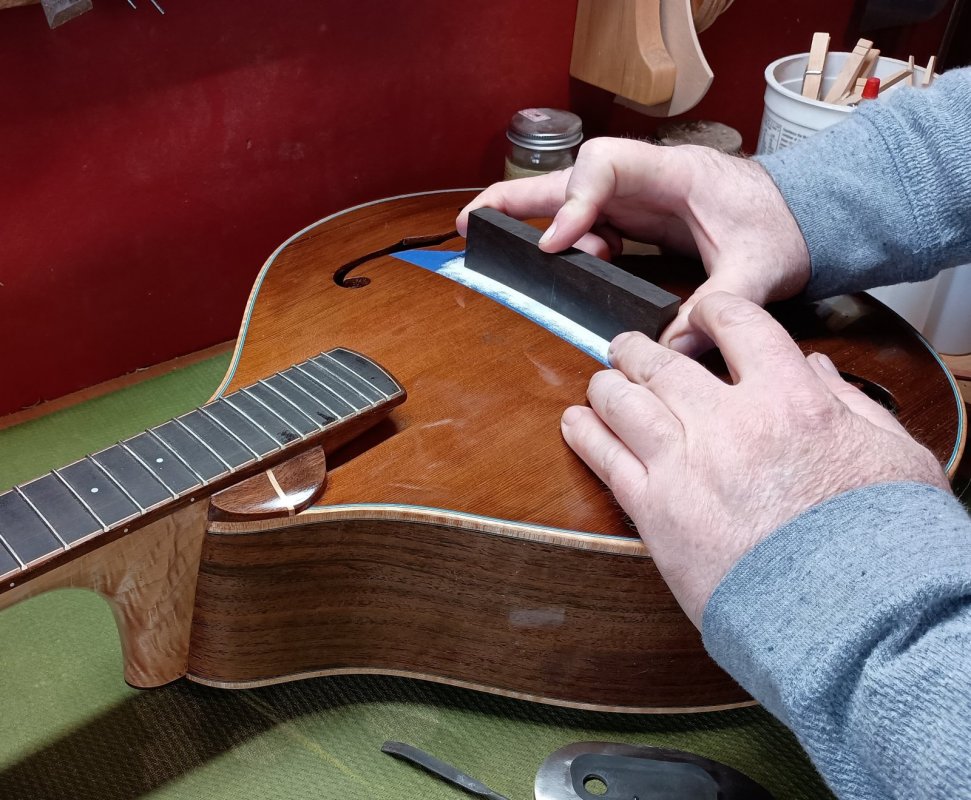
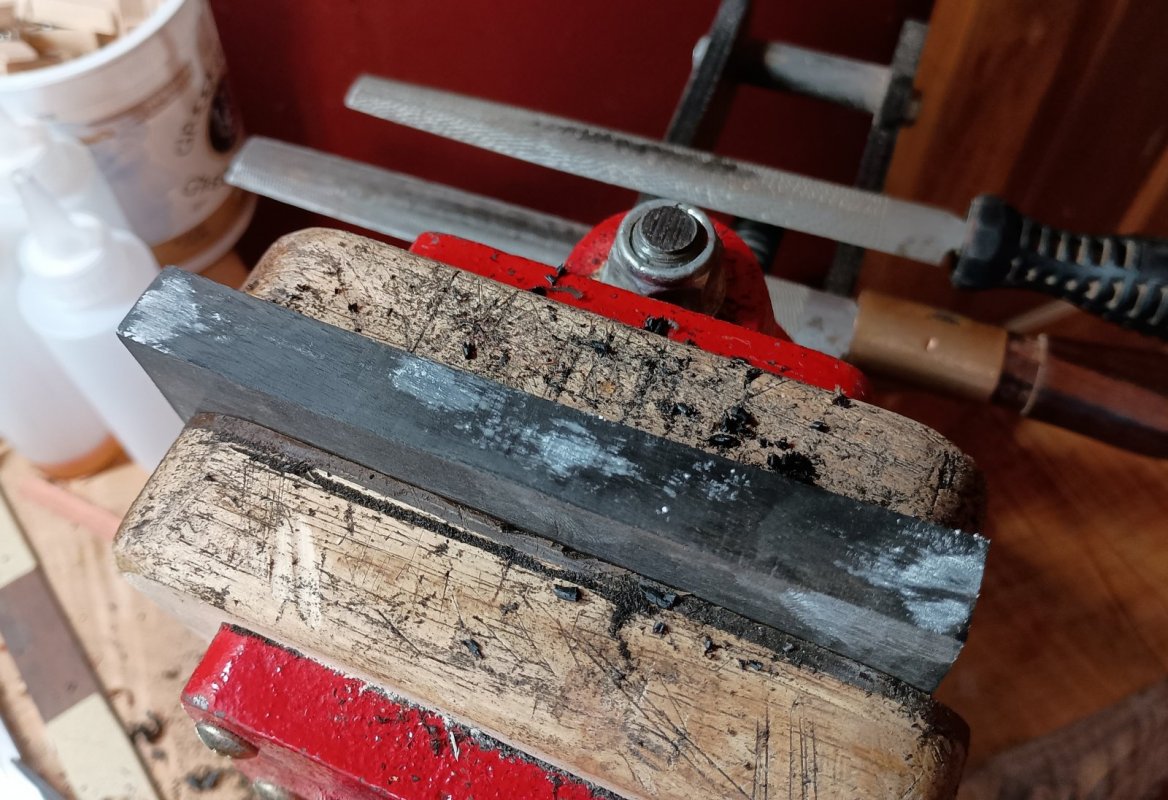
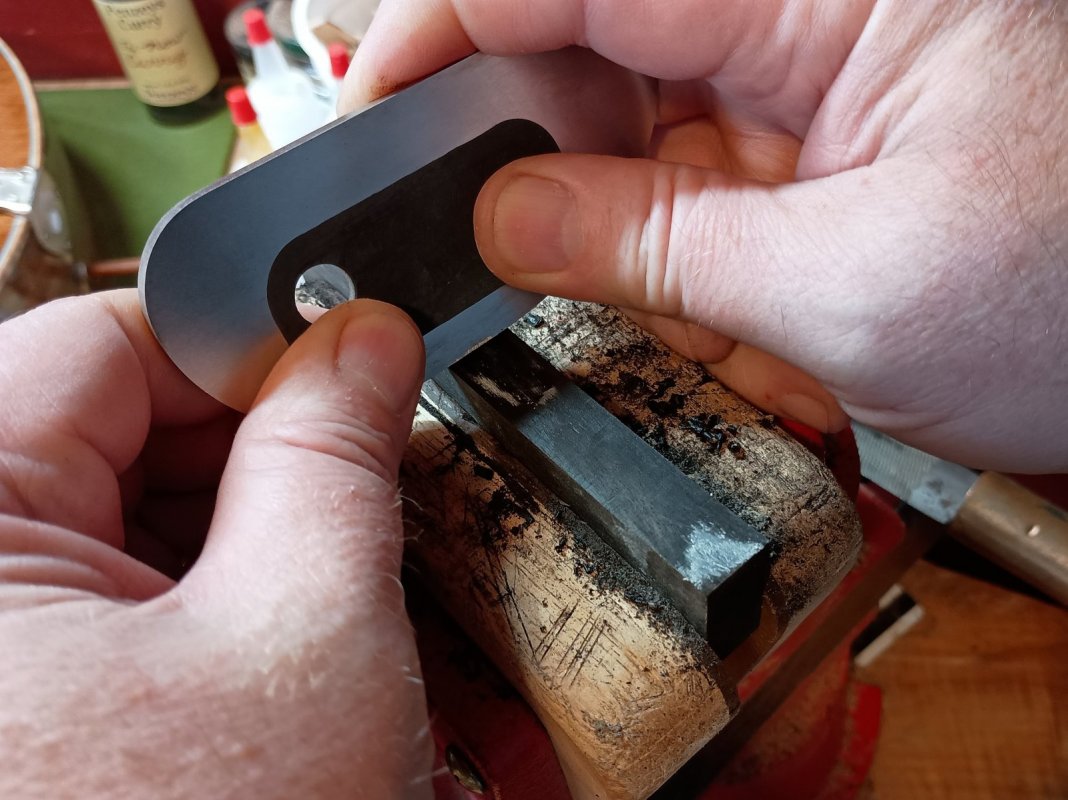
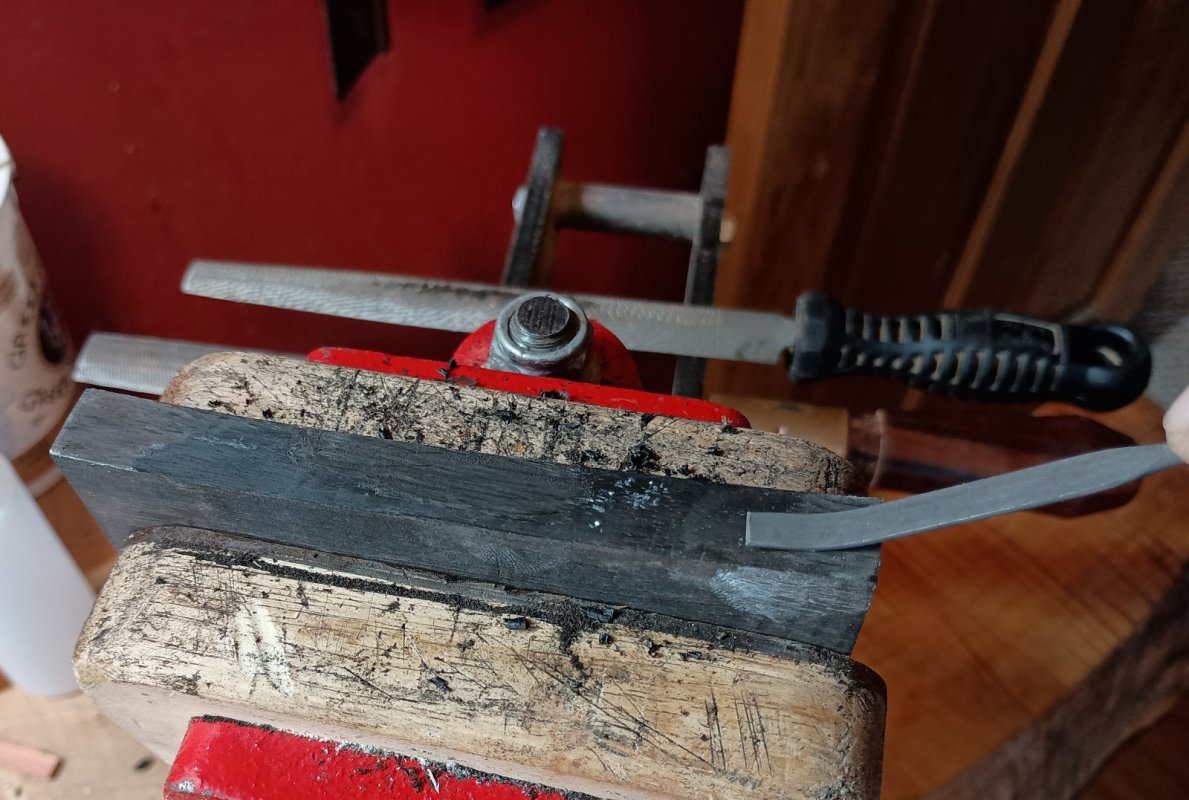
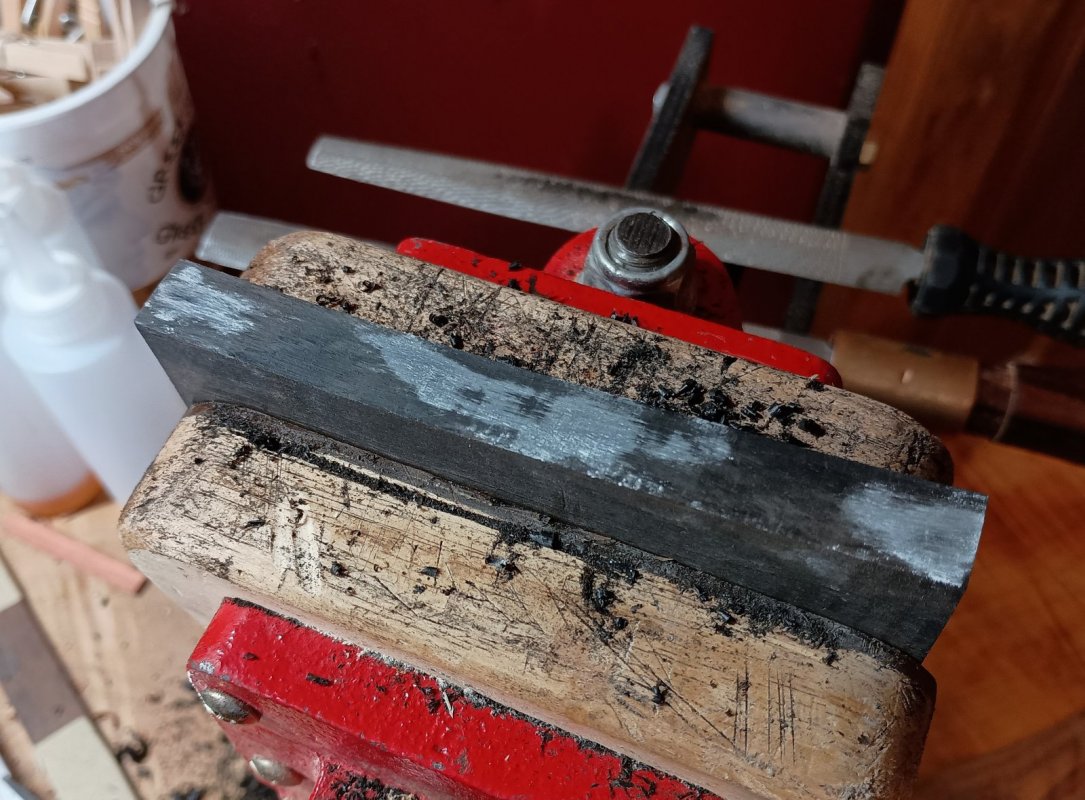
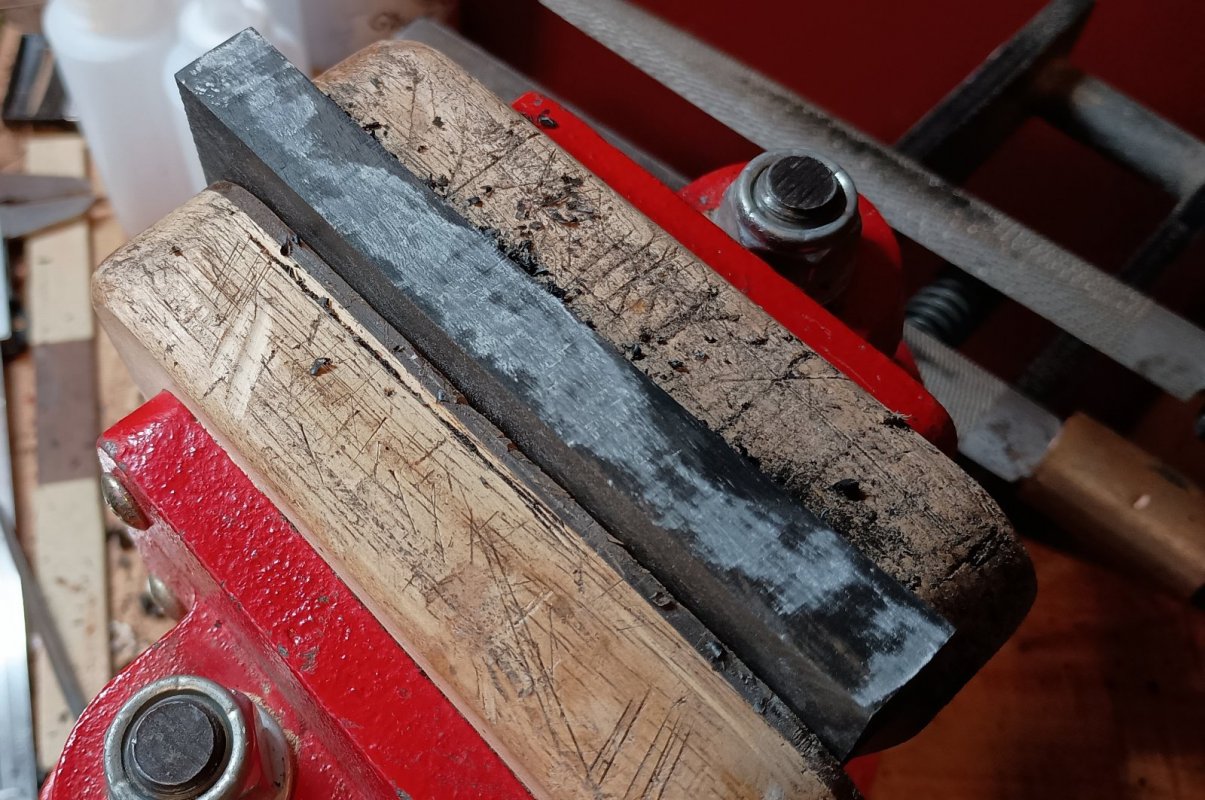

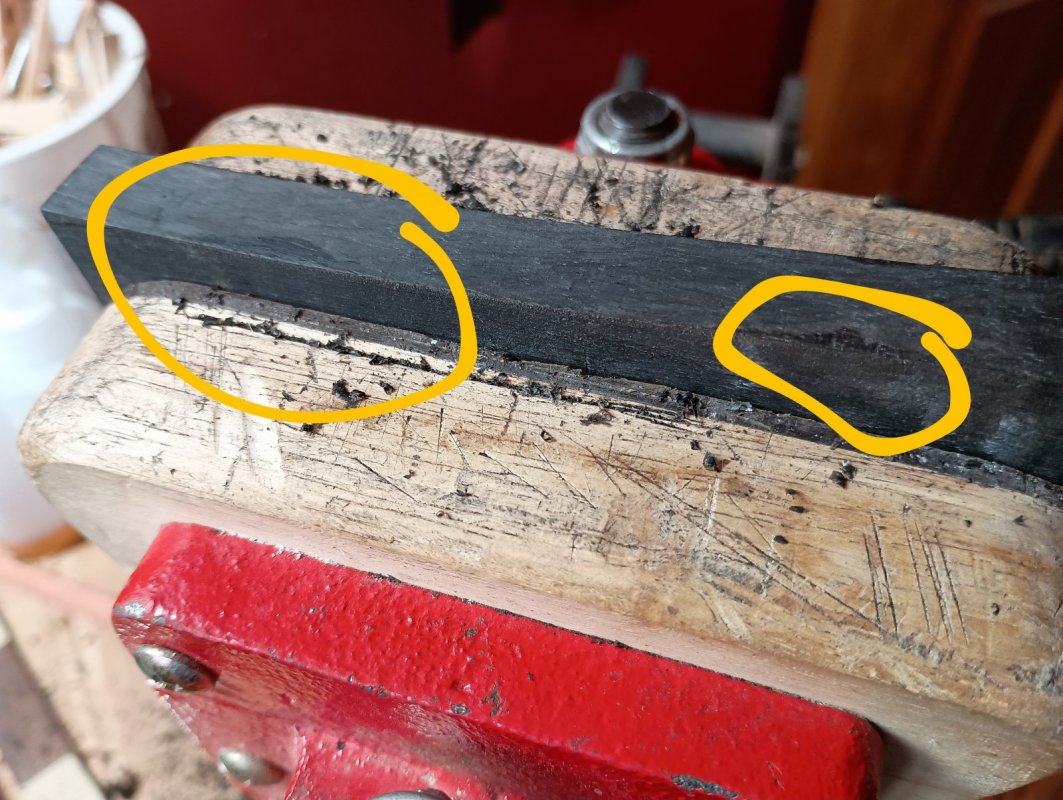
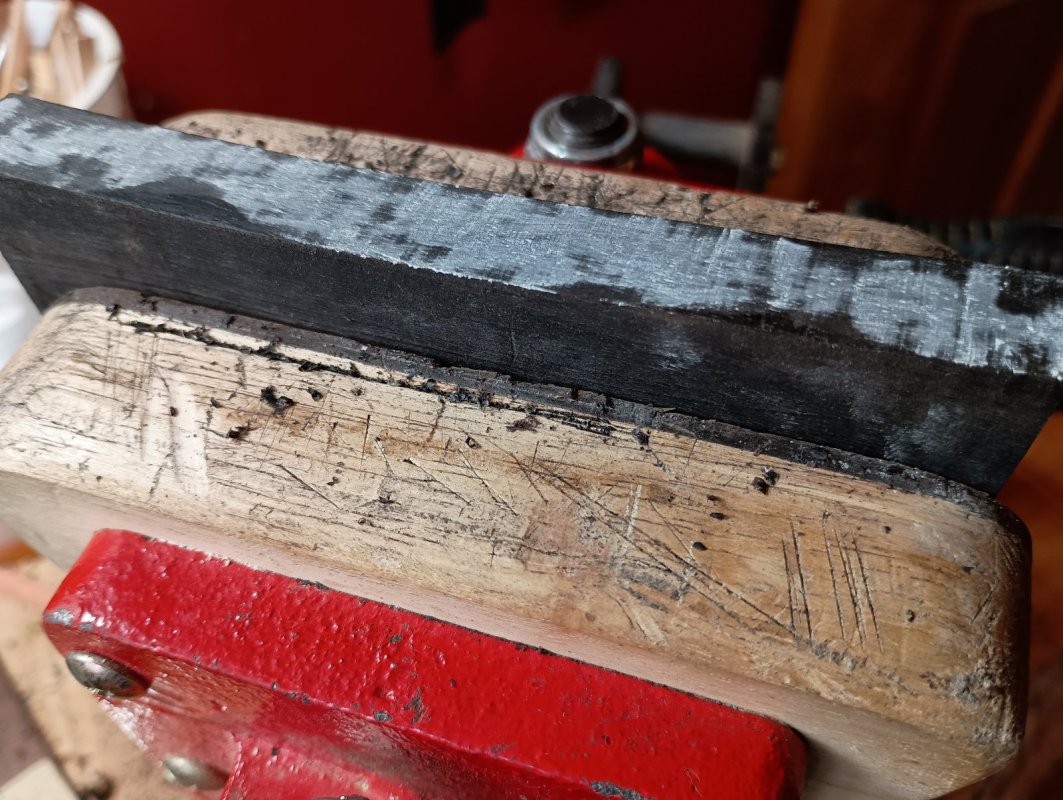
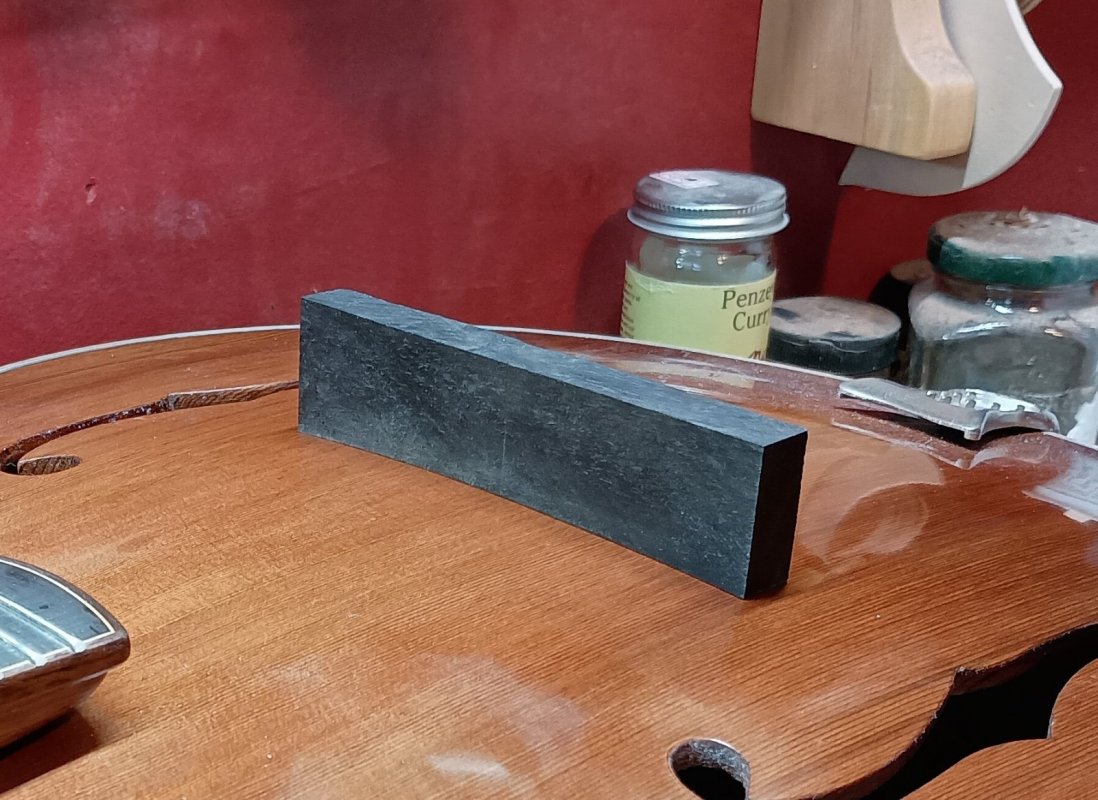
Indispensable. I use them regularly.The classic French curve. It's the only time I've ever seen one in real-world use.
The classic French curve. It's the only time I've ever seen one in real-world use.
